 Honda PCX125 - Owner's Manual > Engine
Honda PCX125 - Owner's Manual > Engine
Throttle
Throttle Inspection
1. Check that the throttle assembly is positioned properly and the securing bolts are tight.
2. Check for smooth rotation of the throttle from fully open to fully closed in all steering positions. If there is a problem, see your Honda dealer.
Spark Plug
Spark Plug Recommendation

Use only the recommended type of spark plug in the recommended heat range.

Using spark plugs with an improper heat range can cause engine damage.
Spark Plug Replacement
1. Remove the screw (1) and the plug maintenance lid (2).
LEFT SIDE
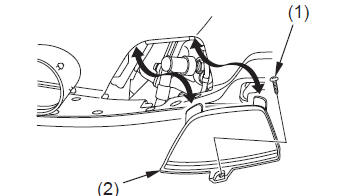
- screw
- plug maintenance lid
2. Disconnect the spark plug cap (3).
Take care to avoid damaging the spark plug wire when disconnecting the cap.
3. Clean any dirt from around the spark plug base.
Using a spark plug wrench, remove the spark plug.
4. Discard the spark plug.
LEFT SIDE

- spark plug cap
5. Check the spark plug gap (4), using a wire-type feeler gauge. If adjustment is necessary, bend the side electrode (5) carefully.
The gap should be: 0.031-0.035 in (0.80-0.90mm)
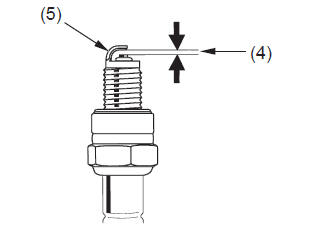
- spark plug gap
- side electrode
6. With the plug washer attached, thread the spark plug in by hand to prevent cross-threading.
7. Tighten the spark plug:
- If the old plug is good: 1/8 turn after it seats.
- If installing a new plug, tighten it twice to prevent loosening:
- First, tighten the plug: NGK: 1/2 turn after it seats.
- Then loosen the plug.
- Next, tighten the plug again: 1/8 turn after it seats.

An improperly tightened spark plug can damage the engine. If a plug is too loose, a piston may be damaged. If a plug is too tight, the threads may be damaged.
8. Reinstall the spark plug cap. Take care to avoid pinching any cables or wires.
9. Reinstall the plug maintenance lid.
See also:
 Honda PCX125 - Owner's Manual > Coolant
Honda PCX125 - Owner's Manual > Coolant
Your scooter's liquid cooling system dissipates engine heat through the coolant jacket that surrounds the cylinder and cylinder head. Maintaining the coolant will allow the cooling system to work properly and prevent freezing, overheating, and corrosion.
 Honda PCX125 - Owner's Manual > Chassis
Honda PCX125 - Owner's Manual > Chassis
Brakes The hydraulic (front) and mechanically-activated drum (rear) braking systems on your scooter dissipate the heat generated by the friction of the brake pads on the disc (front) and the brake shoes on the drum (rear) as the wheels are slowed.
 Rider's Manual BMW R 1250 GS GSA
Rider's Manual BMW R 1250 GS GSA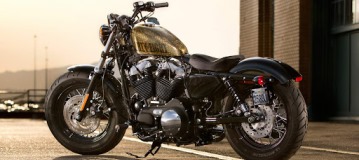 Owner's Manual Harley-Davidson Sportster XL1200X Forty-Eight
Owner's Manual Harley-Davidson Sportster XL1200X Forty-Eight Owner's Manual Honda CBR650R
Owner's Manual Honda CBR650R Service manual Honda CBR650
Service manual Honda CBR650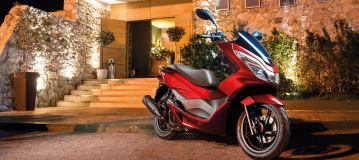 Owner's Manual Honda PCX125
Owner's Manual Honda PCX125 Owner's Manual Kawasaki Z1000SX
Owner's Manual Kawasaki Z1000SX Service manual Kawasaki Z1000SX
Service manual Kawasaki Z1000SX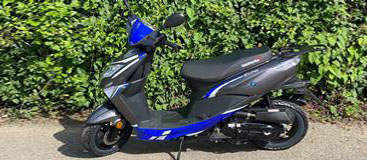 Owner's Manual Lexmoto Echo
Owner's Manual Lexmoto Echo Owner's Manual Royal Enfield Interceptor 650
Owner's Manual Royal Enfield Interceptor 650 Service manual Royal Enfield Interceptor 650
Service manual Royal Enfield Interceptor 650 Owner's Manual Yamaha MT-07
Owner's Manual Yamaha MT-07